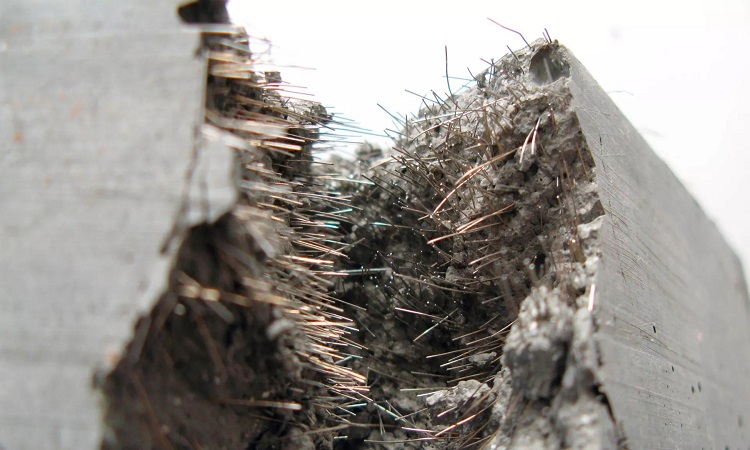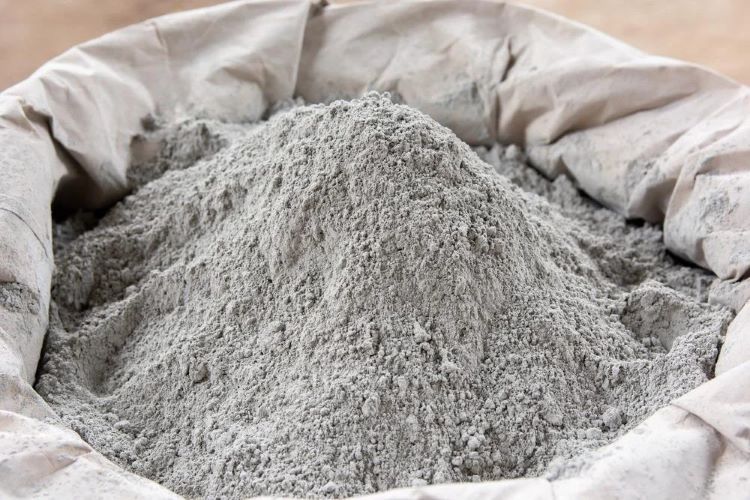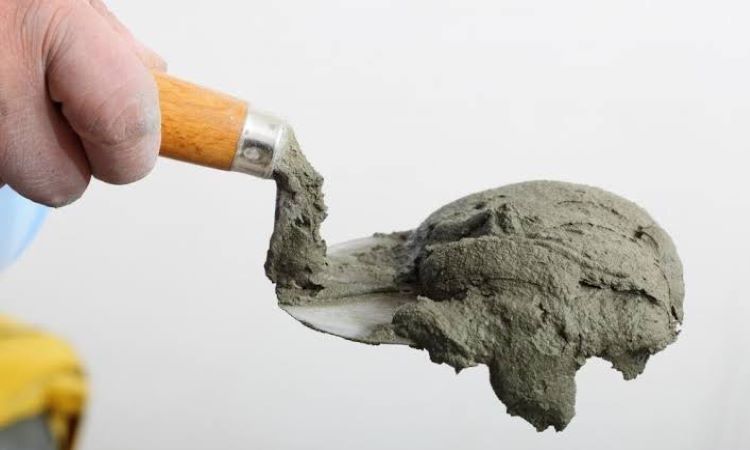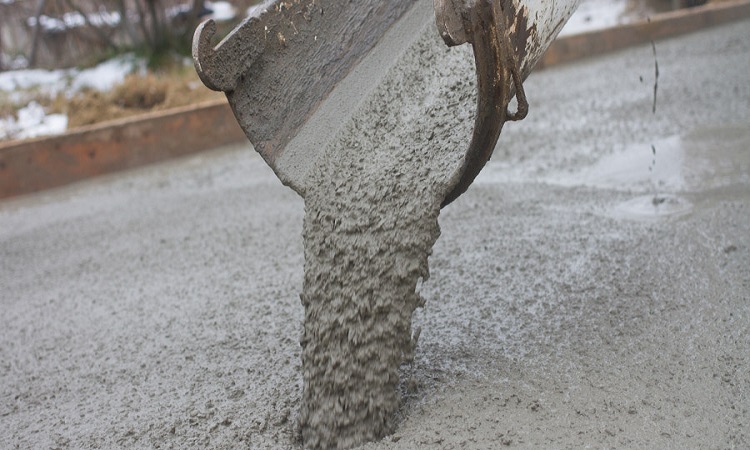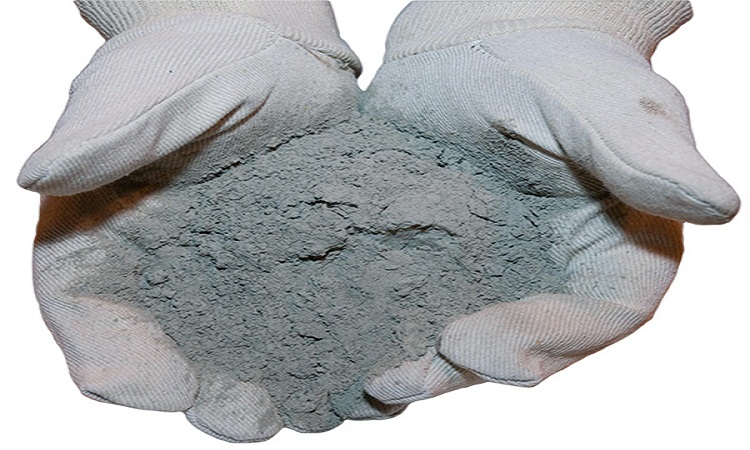The followings are the factors that affect the properties of Fiber Reinforced Concrete: Types of Fibers Used That fiber should be used, whose modulus of elasticity is higher that the concrete matrix. If the modulus of elasticity is higher, they help to carry the load by the tensile strength of…
Factors Affecting Setting and Hardening of Cement
The Impact of Cement’s Composition The mineral composition of cement and its ratios are the main factors affecting the setting and hardening of the cement. Different mineral components will reveal distinct characteristics when reacting with water. For example, the increased content of C3A can speed up the setting & hardening…
What is Mortar? Types of Mortar and Its Uses
What is Mortar? Mortar is a paste (capable of setting and hardening) made with cement, and water or with lime, surkhi, and water. Cement & lime are binding materials utilized in the making of mortar. Sand and surkhi give strength to the mortars. It also prevented more cracking due to…
Important Questions and Answers on Building Repair Part-4
How do we Determine that Rusted Steel Bars in Concrete need to be Replaced due to Excessive Rusting? After removal of rust scales and cleaning the reinforcement steel of old concrete, the area of the steel is measured. If the cross-sectional area reduction observed on main bars has reduced by…
Important Questions and Answers on Building Repair Part-3
What Steps or Procedures are to be Followed in Concrete/Masonry Repairs? The defective (cracked) portion of the concrete or plaster has to be removed taking care that good concrete or plaster is not unnecessarily damaged or chipped off along with the defective portion. During the repairs, structural load carrying members,…
Important Questions and Answers on Building Repair Part-2
What is the next step for Building Repairs – Financial Provision? After you have appointed a reliable Consultant and obtained an estimate, the next step is to collect funds. Generally, repair works are extremely difficult to estimate as the extent of repairs is fully known only when you remove the…
What are Different Tests for Concrete Quality Check?
Different Quality tests on concrete are performed as a part of quality control of the concrete structures. Concrete quality tests such as slump tests, compressive strength tests, permeability tests, etc. are used to assure the concrete quality that is supplied for a given specification. All these different tests on quality…
Quality Control of Concrete Works
The reason for having quality control (QC) is to assure that the requirements and intent of the project, plans, specifications are completely accomplished. National development and progress depend to a large extent on essential infrastructures, such as housing, power, industry, roads, communication system, bridges, airports, seaports, etc. these infrastructural developments…
Benefits and Detrimental Effects of Fly Ash in Concrete
What are the benefits and constraints of fly ash in concrete? Key benefits Reduced water demand Increased workability Improve permeability Improve durability Low heat of hydration Constraints Reduced early strength Longer curing The major beneficial effect of fly ash in concrete is based on its physical properties. Filler effect Fly…
